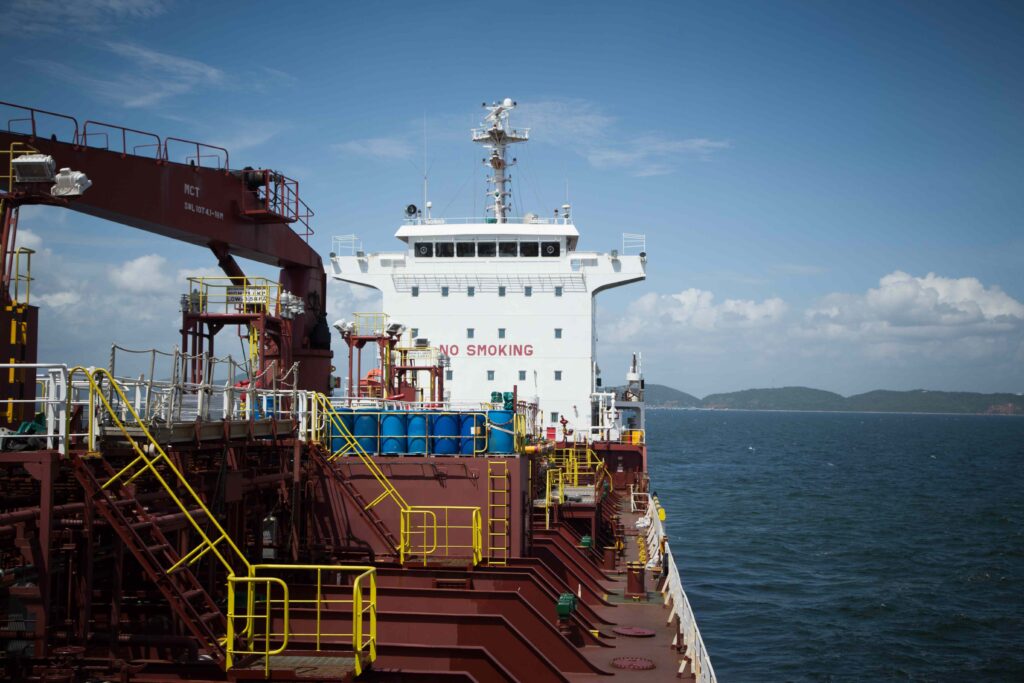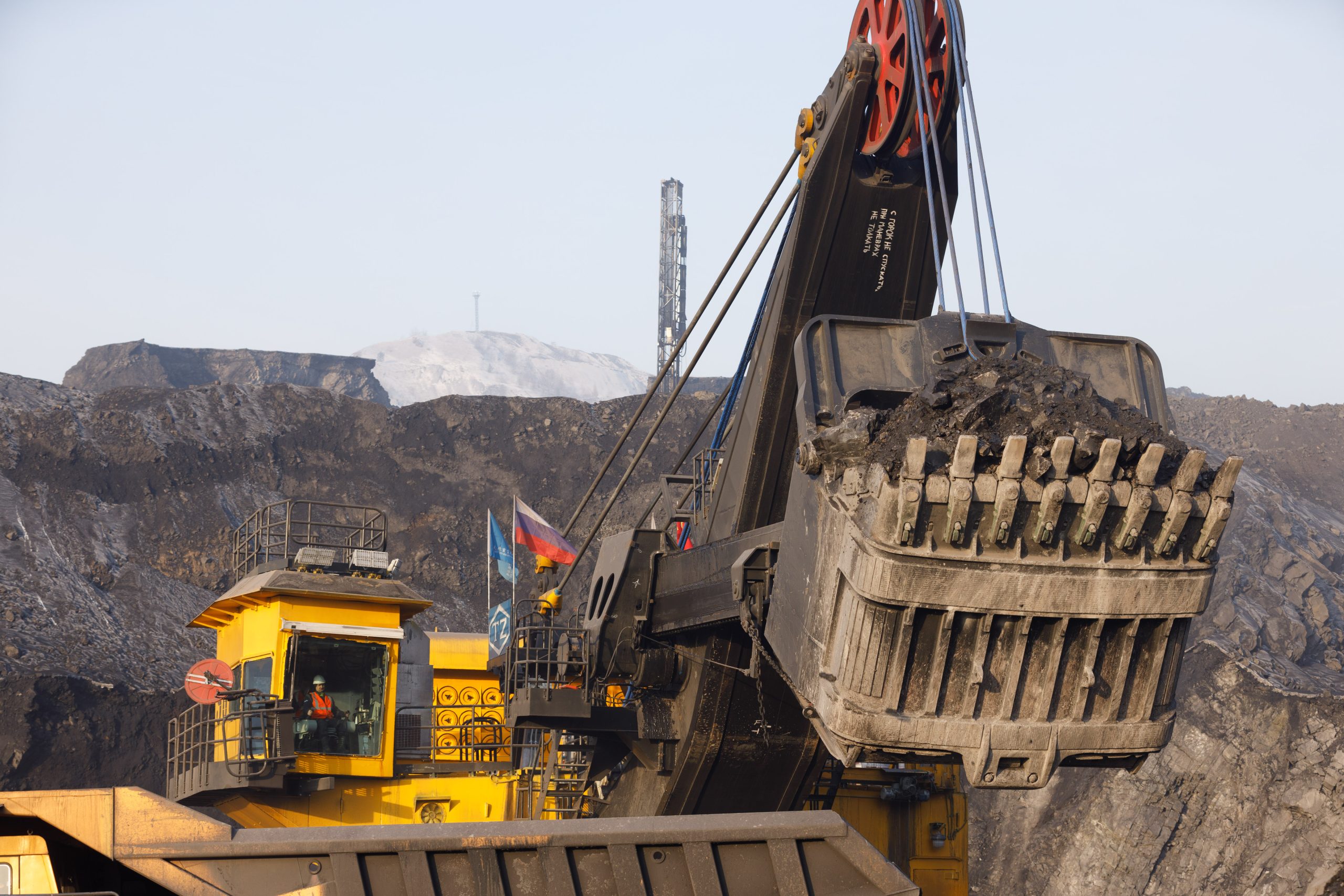

Over the past week, European thermal coal quotations kept on strengthening up to 112-114 USD/t, being supported by lower stockpiles and stable gas market. Moreover, export deliveries of steam coal from Colombia, which is also a supplier to Europe, decreased by almost 50% during the week. The share of wind generation in EU power generation in July dropped to its lowest since May at 12%.
Gas quotations at the TTF hub rose to 365.9 USD/1,000 m3 (+10.2 USD/1,000 m3 w-o-w). Gas reserves in European underground storage facilities neared 83.5%, but were lagging behind the record levels of 2020. Coal stocks at ARA terminals fell to 2-year lows, declining to 4.95 mio t (-0.15 mio t or -3% w-o-w).
South African High-CV 6,000 climbed above 112 USD/t on the back of rising European market and the suspension of rail freight operations on Transnet due to maintenance from July 23 to August 01.
Meanwhile, the railroad operator fixed the consequences of a railcar derailment that occurred on July 17 near Exxaro’s Grootegeluk mine on two main lines linked to Richards Bay Coal Terminal (RBCT). Because of coal delivery delays, Transnet postponed scheduled maintenance for two weeks.
Thus, producers were able to increase stocks at RBCT from 3.21 mio t to 3.36 mio t, but the norm in the run-up to the rail line maintenance is considered to be at least 5 mio t. RBCT officials said transshipment could still reach the target of 50-55 mio t by the end of 2024, exceeding last year’s 47.21 mio t.
In China, spot prices for 5,500 NAR coal at the port of Qinhuangdao were holding at 120 USD/t. As a result of the hot weather, demand in the Chinese domestic market remains stable and there has been a reduction in seaports stocks, that is supporting quotations. Coal consumption in 8 coastal provinces increased from 2.3 mio kt/day to 2.4 mio kt/day during the week. In anticipation of temperatures rising to 35-43C and the resulting increase in coal consumption, suppliers are pushing prices up.
The heat wave is forecasted to continue for at least two weeks in some southern regions. Furthermore, in Inner Mongolia province, authorities called for work to be suspended at underground and open-pit mines following heavy rains, which have also resulted in reduced coal trucking in some regions.
Last week, the IEA released a forecast that China’s electricity demand will grow 6.5% in 2024 and 6.2% in 2025.
Coal stocks at 9 major ports totaled 25.33 mio t (-0.61 mio t w-o-w).
Indonesian 5,900 GAR stayed flat at 90.6 USD/t. Indonesian prices remain stable owing to new tenders in India and China and inquiries from power producers.
Indonesia’s Ministry of Energy and Mineral Resources raised the reference price (HBA index) for thermal coal with a caloric value of 6,322 kcal/kg by 6% from 123 USD/t in June to 130.44 USD/t in July. Meanwhile, the HBA I index (5,200 kcal/kg) climbed from 88.65 USD/t to 91.85 USD/t and the HBA II index (4,200 kcal/kg) was fixed at 56.09 USD/t vs. 54.79 USD/t in June.
Australian High-CV 6,000 rose above 137 USD/t as demand from India and China rebounded despite high inventories. Also, Taiwan Power announced a tender for 0.24 mio t with delivery in September-October and closing on July 29.
The Australian HCC metallurgical coal index plunged to 225 USD/t, further declining on increased supply, high customers inventories and limited demand in the Asia-Pacific. Also, some end users raised the volume of resold material on the spot market.
India is also seeing a decline in demand as recent tenders were canceled and buyers took a wait-and-see attitude. According to some estimates, there are currently 1.5 mio t of June-September shipments, including coal from North America, remaining unsold in the market, with Australian material accounting for 76% or 1.14 mio t of this volume.
Chinese consumers are also reluctant to sign deals for imported material, counting on lower prices on the domestic market. The negative trend is expected to continue as supply exceeds demand.
Source: CCA Analytics













